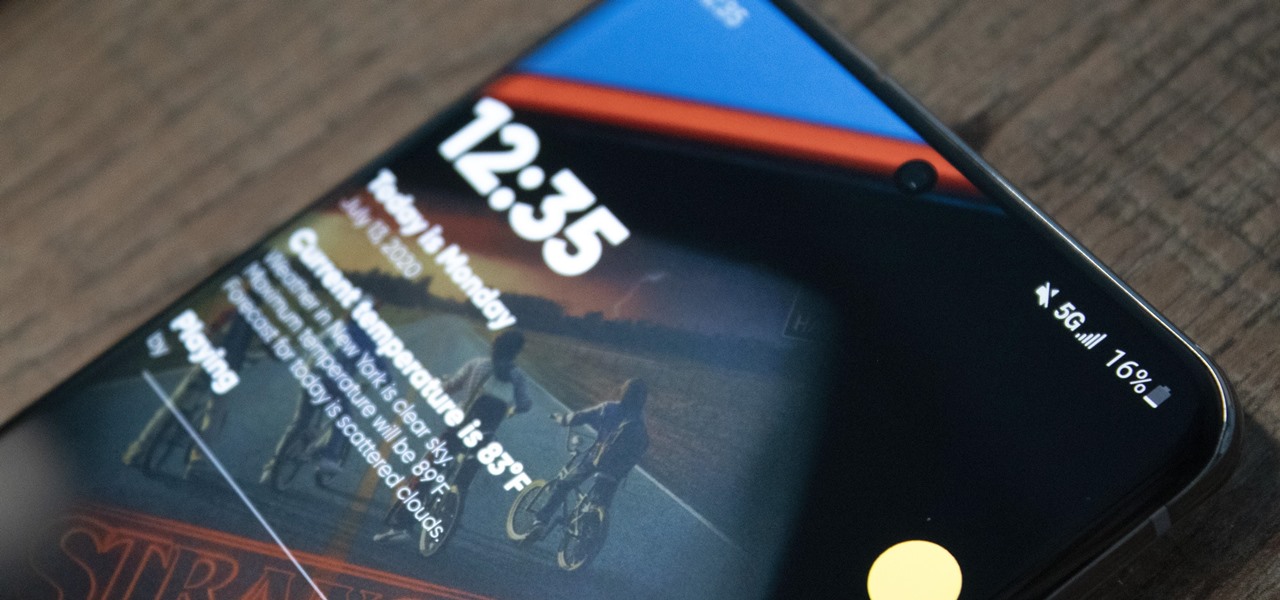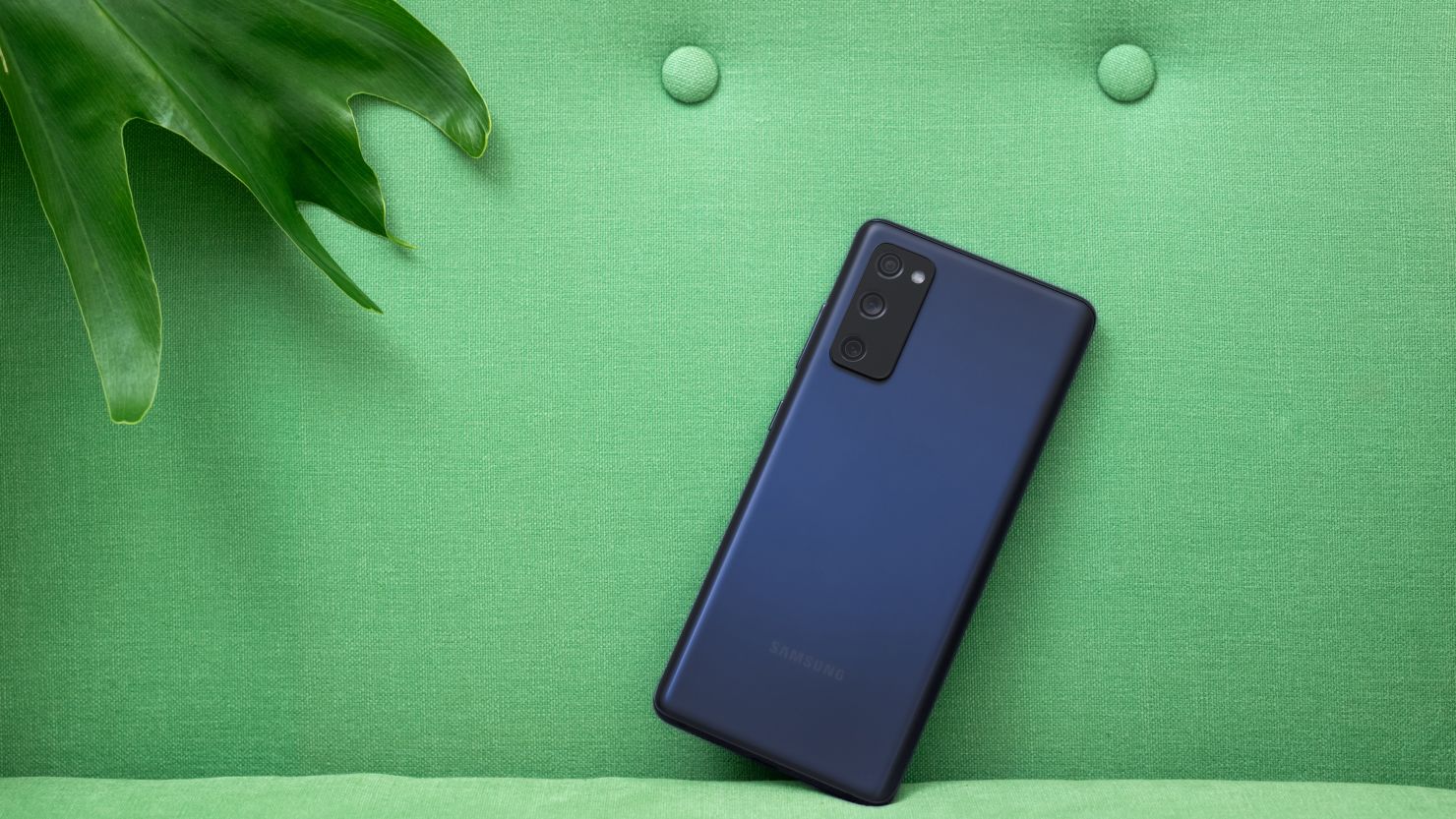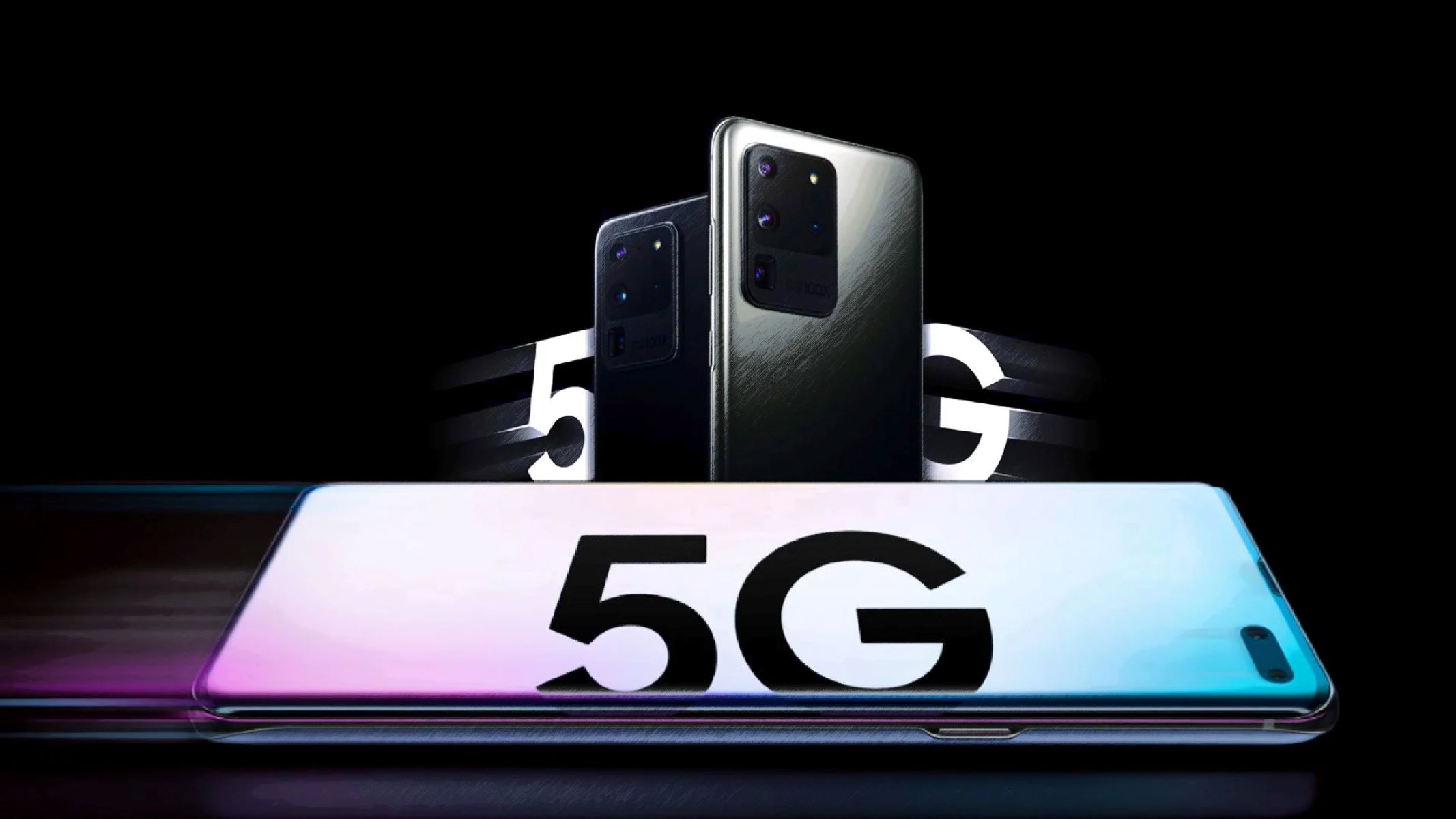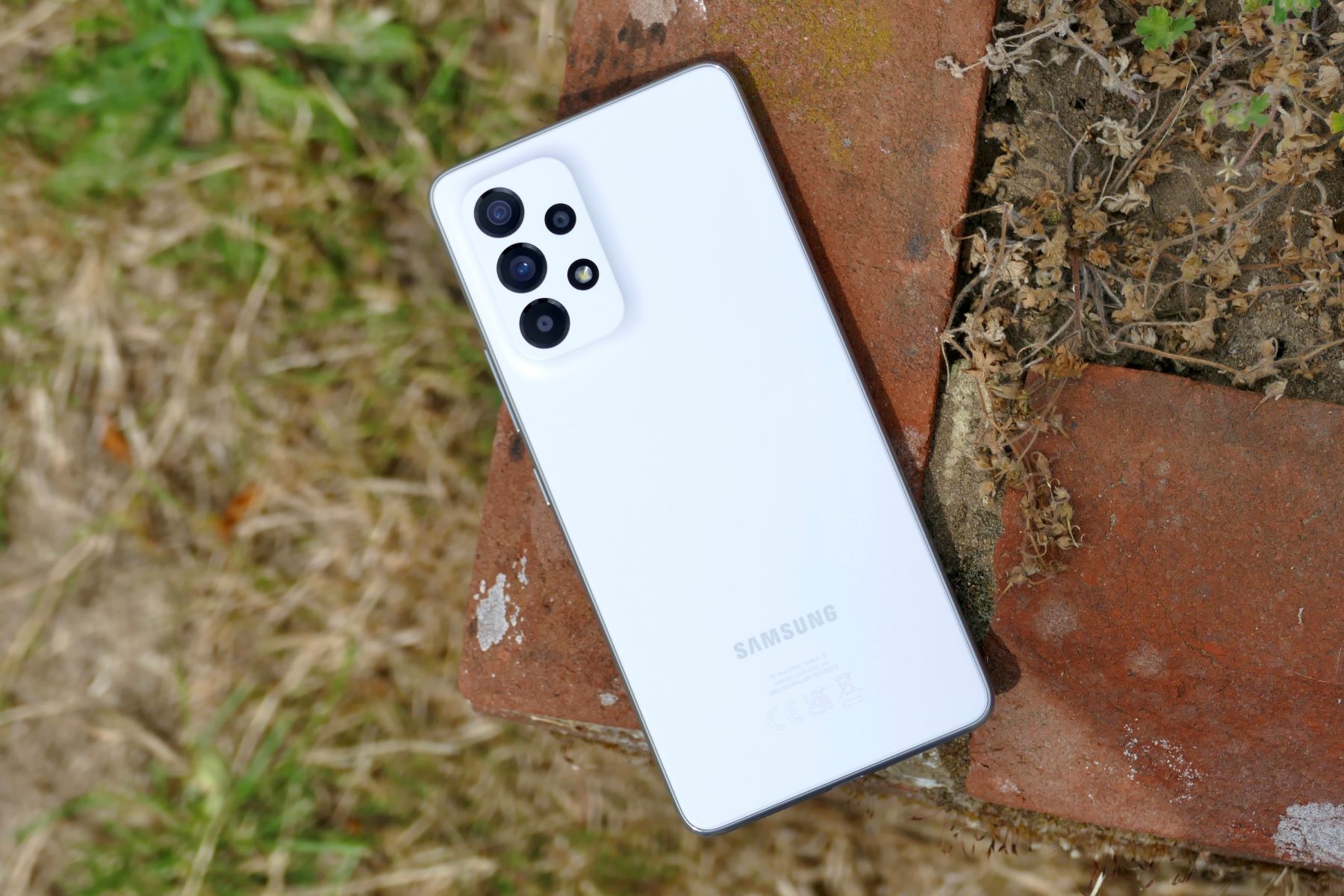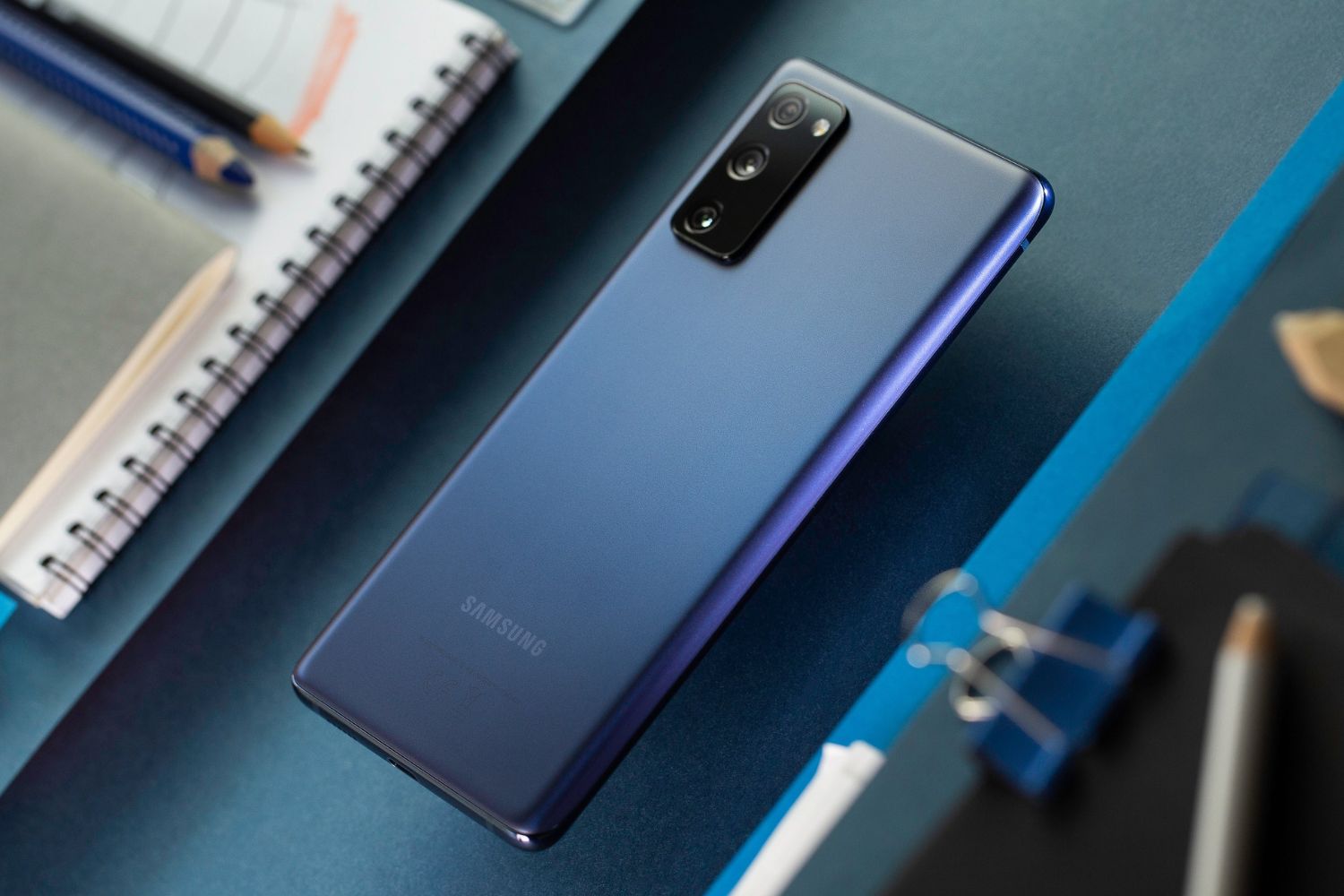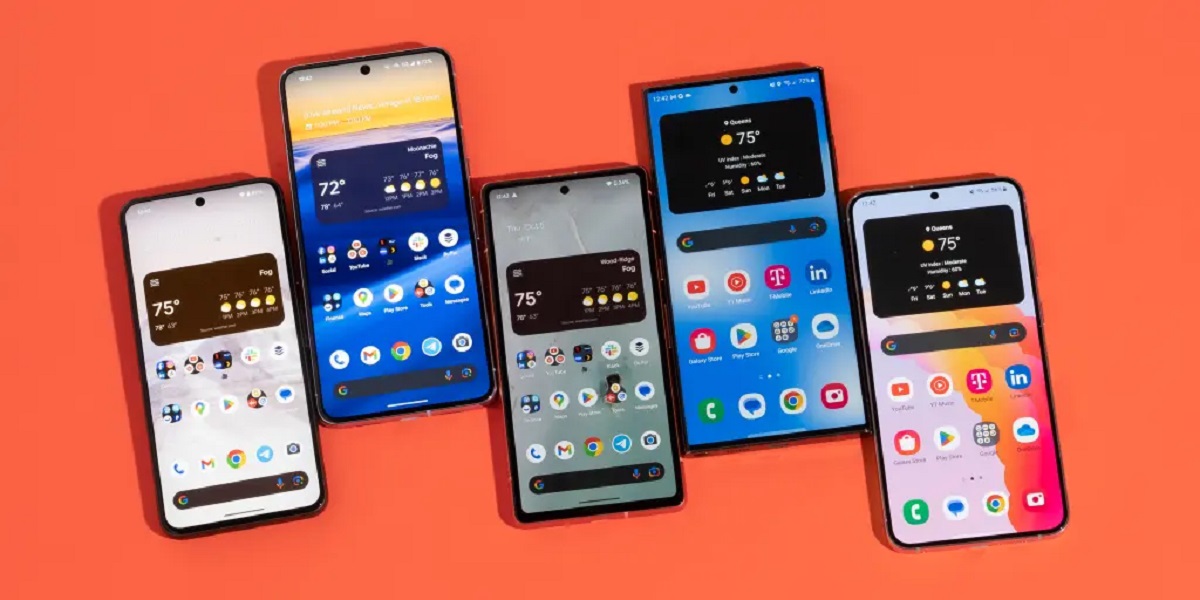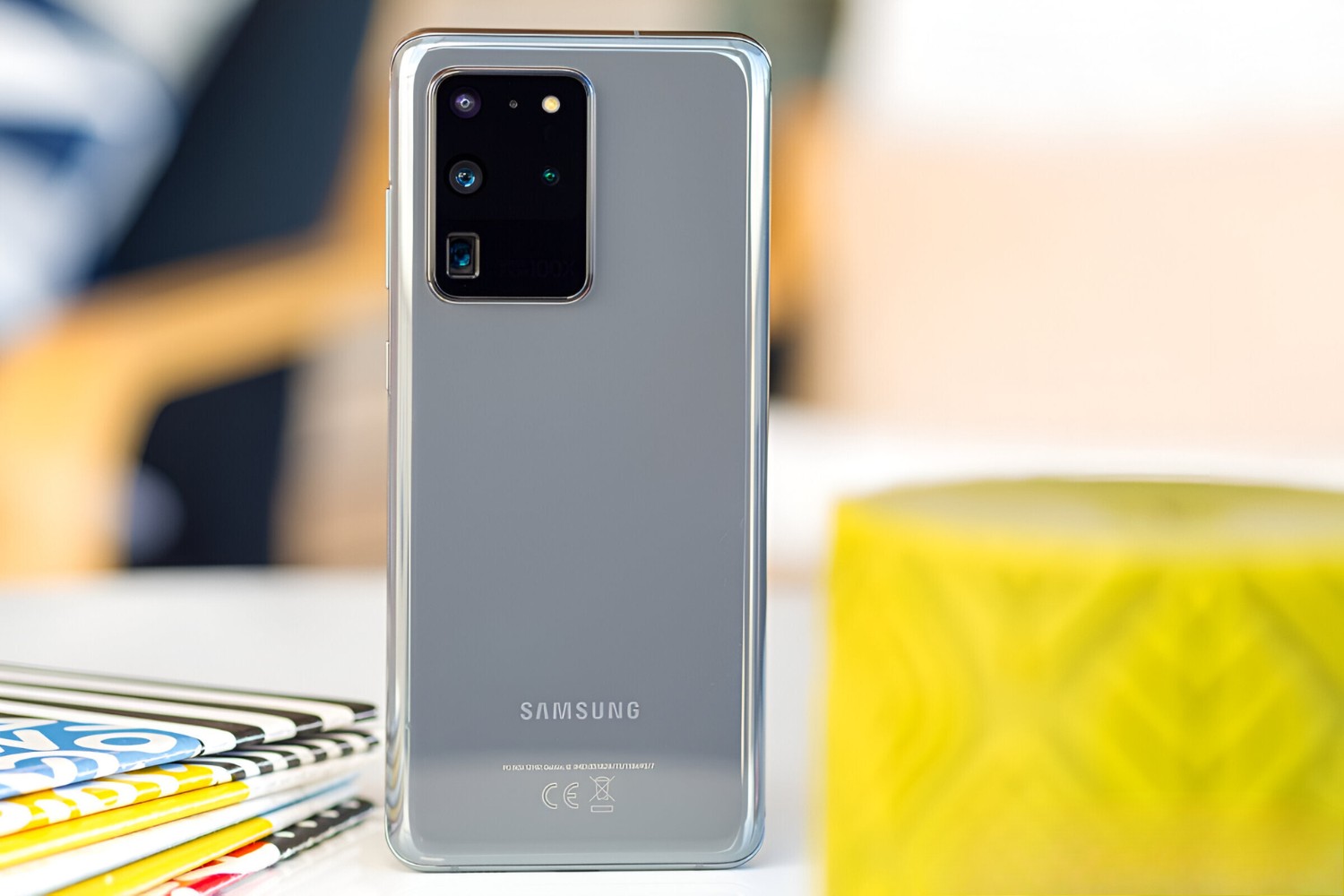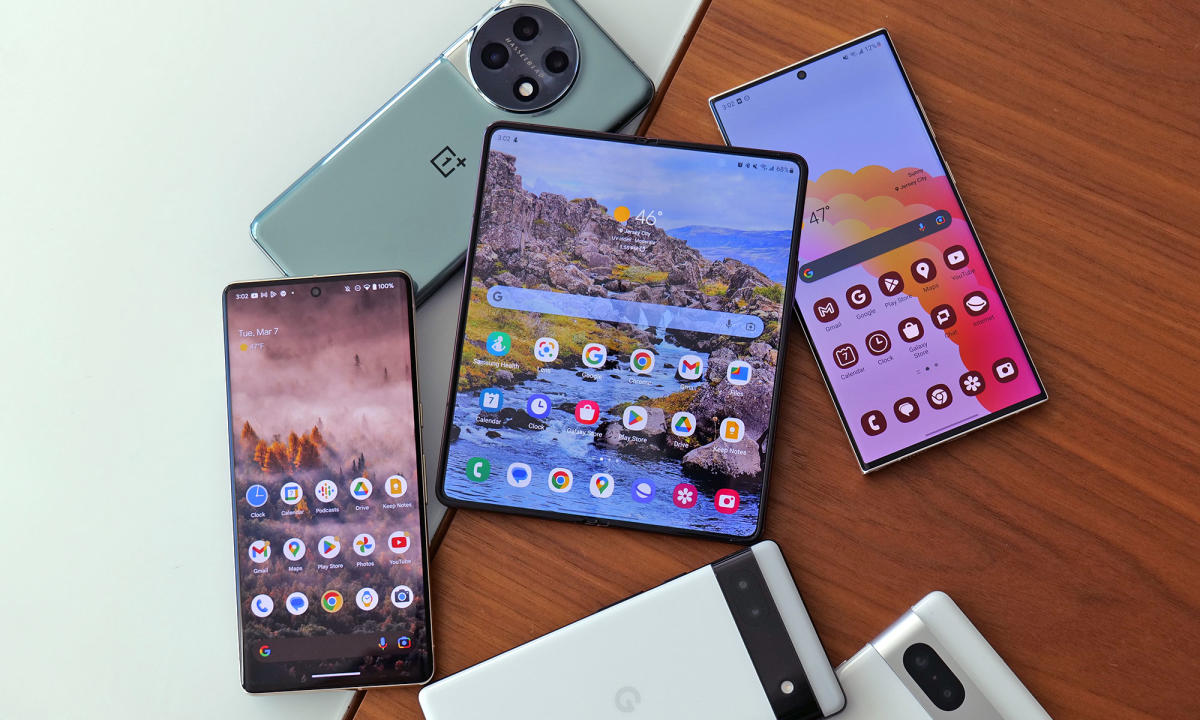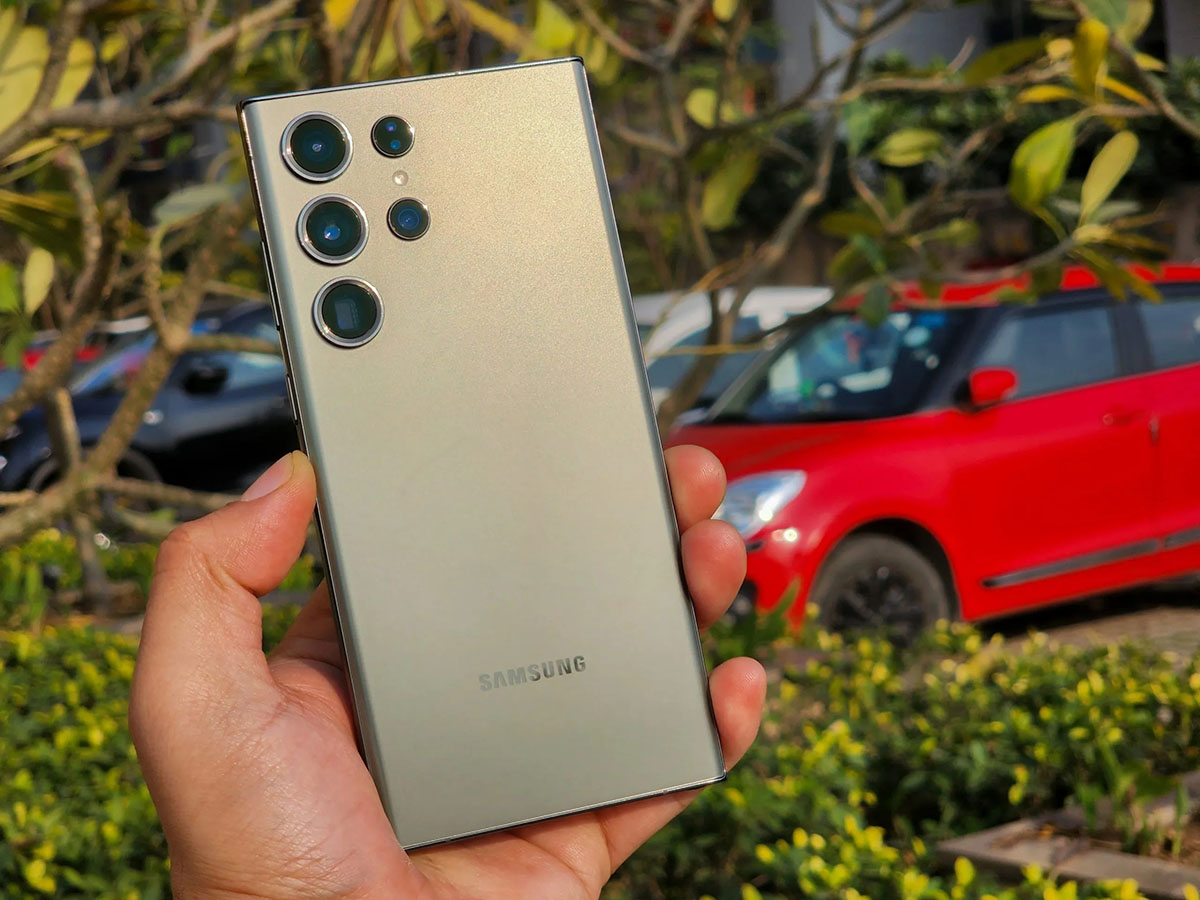Introduction
In today's fast-paced digital landscape, mobile devices have become an integral part of our daily lives. The advent of 5G technology has revolutionized the way we connect and communicate, offering unprecedented speed and connectivity. However, there are instances when switching from 5G to 4G on a Samsung S20 becomes necessary. Understanding the nuances of these network preferences and knowing how to seamlessly transition between them can significantly enhance the user experience.
As we delve into the intricacies of network preferences, it's essential to recognize the impact of 5G and 4G technologies on our mobile connectivity. While 5G represents the pinnacle of wireless innovation, delivering blazing-fast speeds and ultra-low latency, 4G remains a reliable and widely accessible network standard that continues to serve as the backbone of mobile communication.
In this comprehensive guide, we will explore the fundamental differences between 5G and 4G, elucidate the process of switching from 5G to 4G on the Samsung S20, and shed light on the myriad benefits of leveraging 4G connectivity in specific scenarios. By gaining a deeper understanding of these network preferences, Samsung S20 users can harness the full potential of their devices while optimizing their network experience to suit their specific needs and circumstances.
Understanding 5G and 4G
The evolution of mobile network technology has ushered in a new era of connectivity, with 5G and 4G standing at the forefront of this transformation. Understanding the nuances of these network standards is crucial for making informed decisions about network preferences on the Samsung S20.
5G: Unprecedented Speed and Low Latency
5G, the fifth generation of mobile network technology, represents a monumental leap forward in wireless communication. It boasts remarkable speed and ultra-low latency, enabling users to experience seamless connectivity and enhanced network performance. With theoretical download speeds reaching up to 10 gigabits per second (Gbps), 5G has the potential to revolutionize various industries, including healthcare, transportation, and entertainment. The reduced latency of 5G, often measured in milliseconds, facilitates real-time interactions and supports emerging technologies such as augmented reality (AR), virtual reality (VR), and the Internet of Things (IoT).
4G: Reliable and Ubiquitous Connectivity
While 5G garners significant attention for its cutting-edge capabilities, 4G remains a steadfast and pervasive network standard that underpins global mobile communication. With download speeds averaging between 5-12 megabits per second (Mbps), 4G offers reliable connectivity for a wide range of applications, including video streaming, online gaming, and social media engagement. Its widespread availability and established infrastructure make 4G a dependable choice for users seeking consistent network performance across various geographical locations.
Coexistence and Complementary Roles
It's important to note that 5G and 4G are not mutually exclusive; rather, they complement each other to provide a comprehensive network experience. While 5G excels in delivering unparalleled speed and responsiveness, its coverage may be limited in certain areas. In such instances, devices seamlessly transition to 4G networks, ensuring uninterrupted connectivity. This symbiotic relationship between 5G and 4G underscores the importance of understanding and leveraging both network standards to optimize the user experience on the Samsung S20.
In summary, 5G and 4G represent distinct yet complementary pillars of mobile connectivity, each offering unique advantages that cater to diverse user requirements. By grasping the capabilities and characteristics of these network technologies, Samsung S20 users can make informed decisions when navigating network preferences and optimizing their mobile experience.
How to Switch from 5G to 4G on Samsung S20
Switching from 5G to 4G on the Samsung S20 is a straightforward process that empowers users to adapt their network preferences based on specific requirements or environmental factors. Whether conserving battery life, optimizing network coverage, or addressing connectivity issues, the ability to seamlessly transition to 4G can be invaluable in various scenarios. Here's a step-by-step guide to switching from 5G to 4G on the Samsung S20:
-
Accessing Network Settings: Begin by navigating to the "Settings" app on your Samsung S20. This can typically be found on the home screen or in the app drawer. Once in the "Settings" menu, scroll down and select "Connections" to proceed to the next step.
-
Selecting Mobile Networks: Within the "Connections" menu, locate and tap on "Mobile Networks." This option allows users to manage their mobile network settings, including the ability to switch between 5G and 4G connectivity.
-
Choosing Network Mode: Upon entering the "Mobile Networks" settings, look for the "Network mode" or "Preferred network type" option. Tapping on this selection will reveal a list of available network modes, including 5G, LTE/4G, 3G, and 2G. To switch from 5G to 4G, simply select "LTE/4G" from the list of network modes.
-
Confirmation and Activation: After choosing the "LTE/4G" network mode, the Samsung S20 will prompt for confirmation. Confirm the selection to activate 4G connectivity on the device. Once confirmed, the Samsung S20 will seamlessly transition from 5G to 4G, providing users with reliable and consistent network performance.
By following these simple steps, Samsung S20 users can effortlessly switch from 5G to 4G, tailoring their network preferences to suit specific needs and circumstances. Whether prioritizing battery efficiency, seeking broader network coverage, or addressing connectivity concerns, the flexibility to adjust network settings empowers users to optimize their mobile experience with ease.
This intuitive process enables Samsung S20 users to harness the benefits of 4G connectivity, ensuring seamless communication, reliable data transmission, and enhanced network stability. By mastering the art of switching between 5G and 4G on the Samsung S20, users can adapt to varying network conditions and maximize the potential of their mobile devices.
Benefits of Switching to 4G
Switching to 4G on the Samsung S20 presents a myriad of compelling benefits that cater to diverse user needs and scenarios. While 5G undoubtedly offers remarkable speed and low latency, there are specific situations where leveraging 4G connectivity proves advantageous. Understanding the distinct advantages of 4G empowers Samsung S20 users to make informed decisions when navigating network preferences and optimizing their mobile experience.
Enhanced Coverage and Reliability
One of the primary benefits of switching to 4G is the enhanced coverage and reliability it offers. In areas where 5G infrastructure may be limited or signal strength is compromised, 4G networks provide a dependable fallback option, ensuring consistent connectivity and seamless communication. This is particularly beneficial for users who frequently traverse diverse geographical locations, as 4G's widespread coverage mitigates the risk of encountering network dead zones or connectivity disruptions.
Battery Efficiency and Power Management
Another notable advantage of 4G connectivity is its potential impact on battery efficiency and power management. When transitioning from 5G to 4G, Samsung S20 users can experience improved battery life, as 4G networks typically consume less power compared to their 5G counterparts. This becomes especially relevant in situations where preserving battery longevity is paramount, such as during extended travel or when engaging in activities that demand prolonged device usage.
Seamless Multimedia Streaming and Communication
4G networks excel in facilitating seamless multimedia streaming and communication, making them an ideal choice for users who prioritize uninterrupted access to online content and real-time communication platforms. Whether streaming high-definition videos, engaging in video calls, or participating in online gaming, the reliable and consistent performance of 4G networks ensures a smooth and immersive user experience. By seamlessly transitioning to 4G, Samsung S20 users can indulge in their favorite digital activities without compromising on network stability or speed.
Optimal Network Adaptation and Flexibility
The ability to switch to 4G grants Samsung S20 users optimal network adaptation and flexibility, allowing them to tailor their network preferences to suit specific circumstances. Whether attending crowded events, navigating areas with fluctuating network conditions, or seeking a balance between speed and coverage, the versatility of 4G connectivity empowers users to adapt to varying network dynamics with ease. This adaptability ensures that users can consistently maintain a reliable network connection, regardless of the environmental variables at play.
In summary, the benefits of switching to 4G on the Samsung S20 encompass enhanced coverage and reliability, improved battery efficiency, seamless multimedia streaming and communication, and optimal network adaptation and flexibility. By recognizing and leveraging these advantages, Samsung S20 users can optimize their network experience, ensuring consistent connectivity, efficient power management, and uninterrupted access to digital content and communication platforms.
Conclusion
In conclusion, the dynamic interplay between 5G and 4G network technologies underscores the importance of understanding and leveraging network preferences on the Samsung S20. While 5G represents the epitome of speed and low latency, 4G remains a steadfast and reliable network standard that offers enhanced coverage, power efficiency, and seamless connectivity. The ability to seamlessly switch from 5G to 4G empowers Samsung S20 users to adapt their network preferences based on specific needs, environmental factors, and varying network conditions.
By gaining a comprehensive understanding of 5G and 4G, users can make informed decisions when navigating network preferences, ensuring an optimized mobile experience that aligns with their unique requirements. Whether prioritizing battery efficiency, seeking broader network coverage, or indulging in uninterrupted multimedia streaming and communication, the flexibility to transition to 4G enhances the versatility and adaptability of the Samsung S20.
Furthermore, the step-by-step process of switching from 5G to 4G on the Samsung S20 provides users with a seamless and intuitive method to tailor their network settings. This empowers them to harness the benefits of 4G connectivity, including enhanced coverage, improved battery efficiency, and optimal network adaptation. By seamlessly transitioning to 4G, Samsung S20 users can navigate diverse network dynamics with confidence, ensuring consistent connectivity and reliable performance across various scenarios.
Ultimately, the coexistence of 5G and 4G as complementary pillars of mobile connectivity highlights the significance of network adaptability and user-centric customization. As technology continues to evolve, the ability to leverage 4G alongside 5G underscores the importance of a versatile and resilient network infrastructure that caters to diverse user needs and environmental variables.
In essence, the seamless transition from 5G to 4G on the Samsung S20 embodies the essence of adaptability and user empowerment, enabling users to optimize their network experience and maximize the potential of their mobile devices. By embracing the nuanced capabilities of 5G and 4G, Samsung S20 users can navigate the ever-changing landscape of mobile connectivity with confidence, ensuring consistent performance and reliable communication in an increasingly interconnected world.







